Known for its long history in processing, Zhenping county hopes to integrate culture and tourism, Yang Feiyue and Shi Baoyin report.
Just when the dawn breaks, hundreds of umbrellas pop open as in a domino effect at the International Jade City in Shifosi town in early June. Beneath them, vendors tout a large variety of jade, ranging from necklaces and bracelets to decorative sculptures of various shapes and sizes. Some vigorously engage in livestreaming to broadcast what they have to offer to potential buyers from afar.
Although the market opens at around 6 am, eager early bird customers have already flocked in to hunt for treasures in the town of Zhenping county, Nanyang city, Central China's Henan province.
"It (the market) is only the tip of the iceberg," says Song Zhe, director of the management committee of Zhenping's jade culture reform and development pilot zone.
READ MORE: Museum shows its true colors
The county abounds in jade design and processing businesses, involving about 400,000 practitioners, Song says.
Nearly 50 villages in Zhenping have developed specialized jade carving operations, and 10 large-scale jade trade markets dot the county.
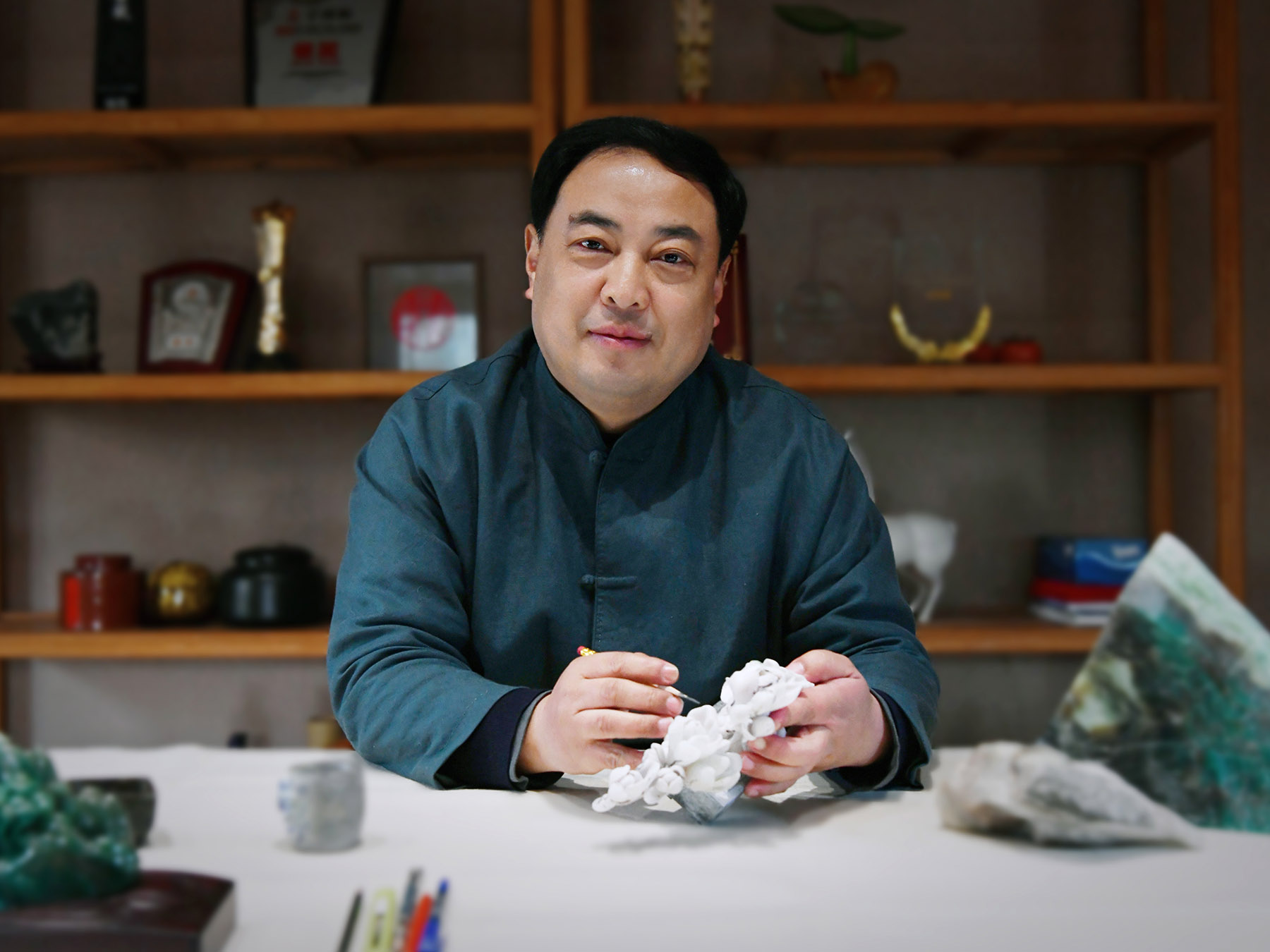
The jade-carving workforce accounts for 70 percent of all jade workers nationwide, making Zhenping the country's largest jade carving and sales hub, according to local authorities.
"You can find practically all kinds of good jade materials here," Song says, adding that the most popular ones are Hetian, Lantian and Dushan jades.
In particular, Dushan jade is made out of raw materials that used to be mined about 40 kilometers away from Nanyang's Wolong district.
"The biggest feature of Dushan jade is its rich color, with seven major colors and more than 100 transitional ones, making it perfect for intricate multicolored jade artworks," Song says.
Although Zhenping does not produce jade, it has been widely known for its jade carvings for thousands of years.
"We have the Zhaohe River, whose upper reach is rich in hard sand, which comes in handy for jade processing," Song says.
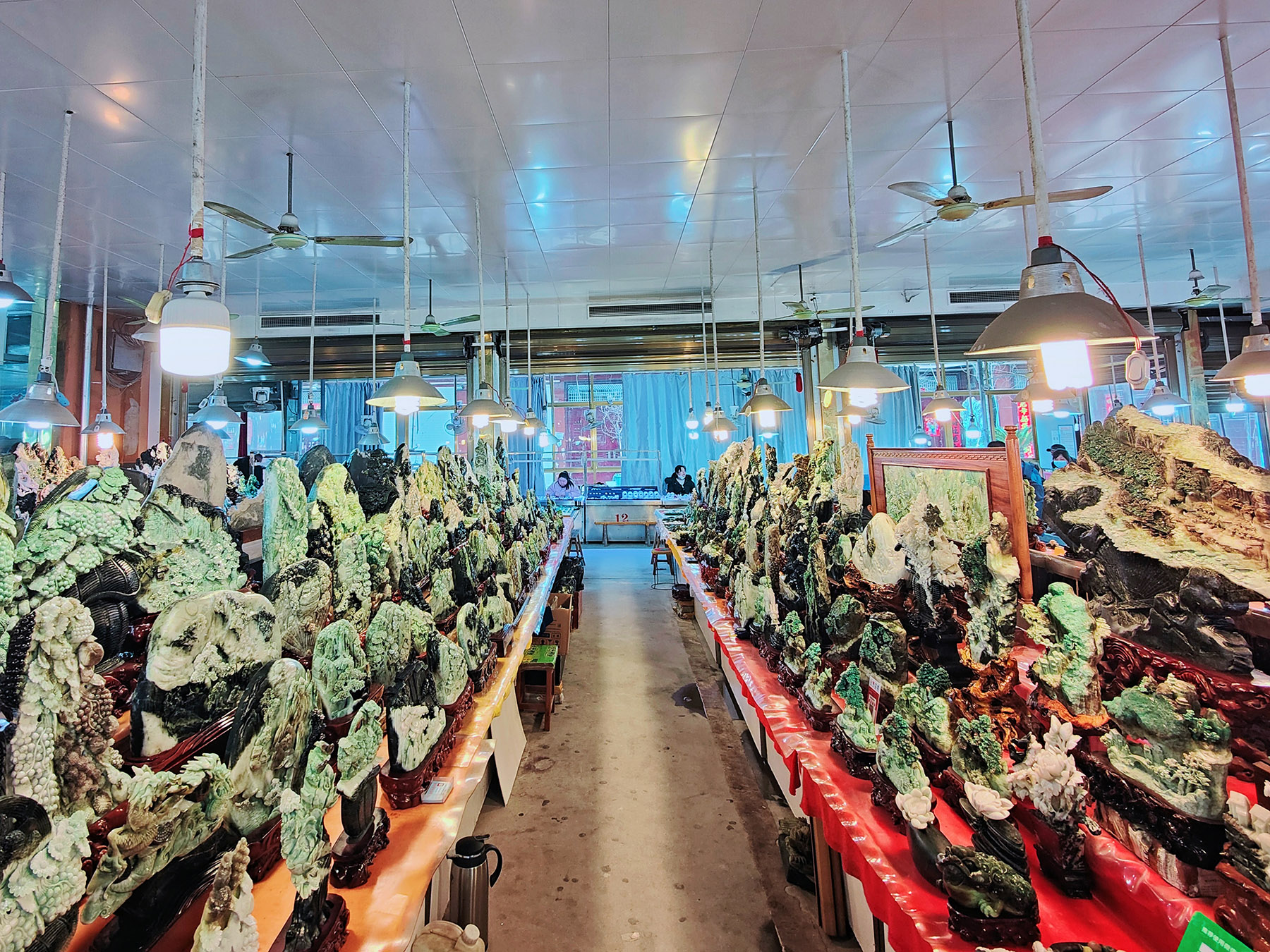
Time-honored glory
This natural endowment has made Nanyang a jade processing center since ancient times.
The Huangshan site in the city located about 40 kilometers to the east of Zhenping was discovered by archaeologists to be a large central settlement from around 7,000 years ago, which was dedicated to jade and stone processing and exchange.
Excavation of the site by the Henan Provincial Institute of Cultural Relics and Archaeology and the Nanyang City Institute of Cultural Relics and Archaeology from May 2018 to January 2022 revealed traces of one dock and one section of a canal, more than 40 houses, and stone or jade workshops as well as more than 40,000 stone or jade objects.
The dig filled a gap in the understanding of Neolithic jade manufacturing sites in the Central Plains and the middle Yangtze River. Experts have called it the first jade workshop in the prehistoric Central Plains.
"The site features 'workshops in the front and residences in the back' for jade crafting, with well-preserved semi-finished jade and stone products and a rich collection of jade artifacts and processing tools that show the jade-making process," Song says.
As the Huangshan site reinforced Nanyang's status as an important jade-making center, Zhenping proved to be the jewel of the crown.
"It is an important part of the jade culture in Nanyang," Song says.
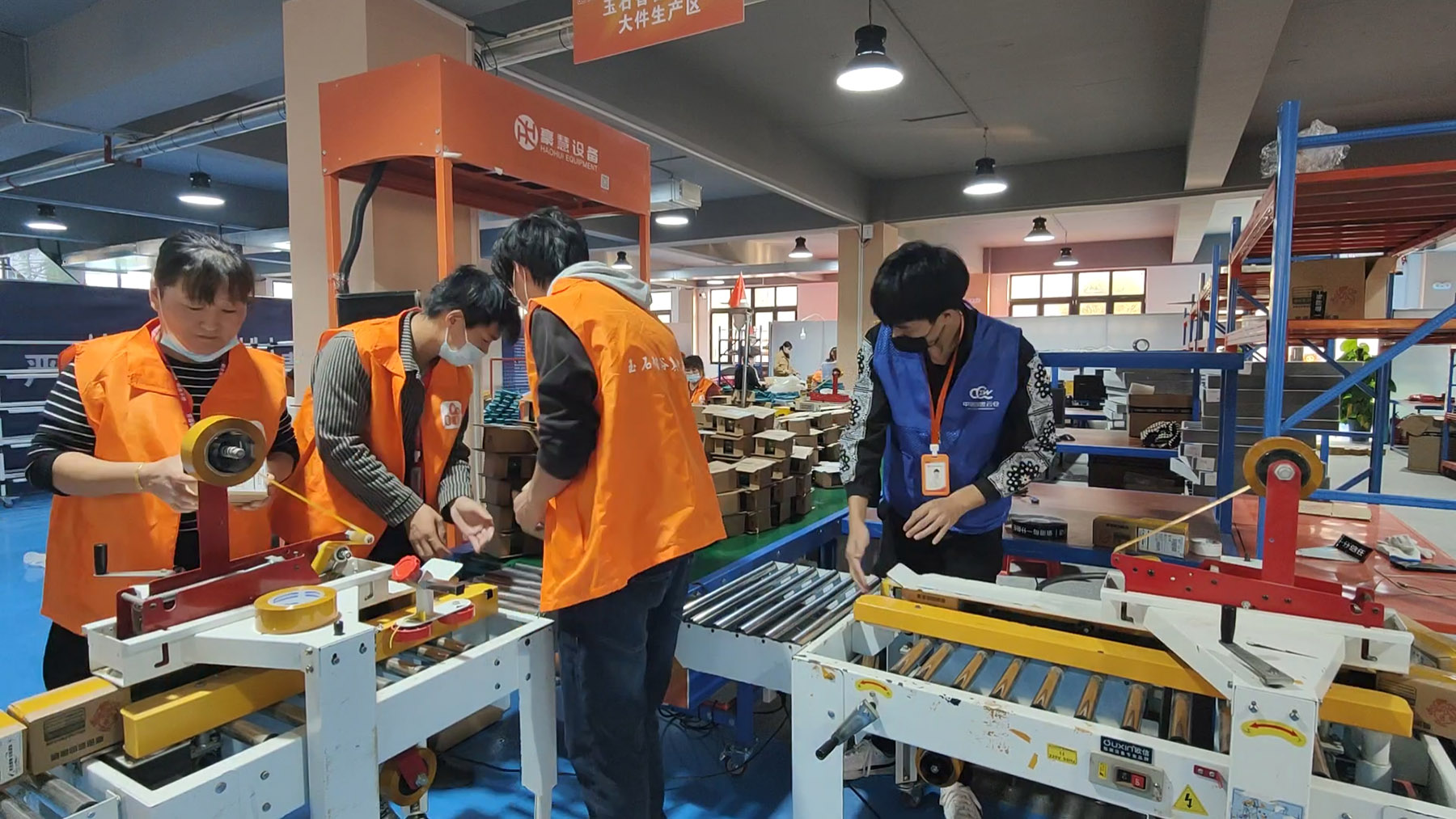
In 1975, two jade shovels unearthed from Zhenping proved to originate from the Xia Dynasty (c. 21st century-16th century BC).
According to archaeological studies, the county's jade processing began in the Stone Age and its further development took initial shape during the Xia and Shang (c. 16th century-11th century BC) dynasties.
It flourished in the Han (206 BC-AD 220) and Tang (618-907) dynasties and was refined in the Ming (1368-1644) and Qing (1644-1911) dynasties before continuing to enjoy its popularity until today.
In 1953, the Zhenping jade plant, a State-owned business, was established in Zhenping, followed by a string of plants that were constructed and running in its towns, including Shifosi.
Three years later, Tianjin sent technicians to Zhenping to purchase jade artifacts with cash for the country's jade export business, which led to a discovery of the county's potential in crafting jade artifacts. The central government then provided it with more technology, funding and raw materials support.
Zhenping was put on the map among markets at home and abroad in 1993 when the first international jade carving festival was hosted.
"On the day the festival began, hundreds of thousands of people poured into the county," recalls Liu Xiaoqiang, a provincial inheritor of Zhenping jade carving, which was named a national intangible cultural heritage by the State Council in 2008.
"All the food prepared by the county's restaurants was sold out and some visitors from nearby towns had no choice but to rely on relatives to get a meal," Liu says.
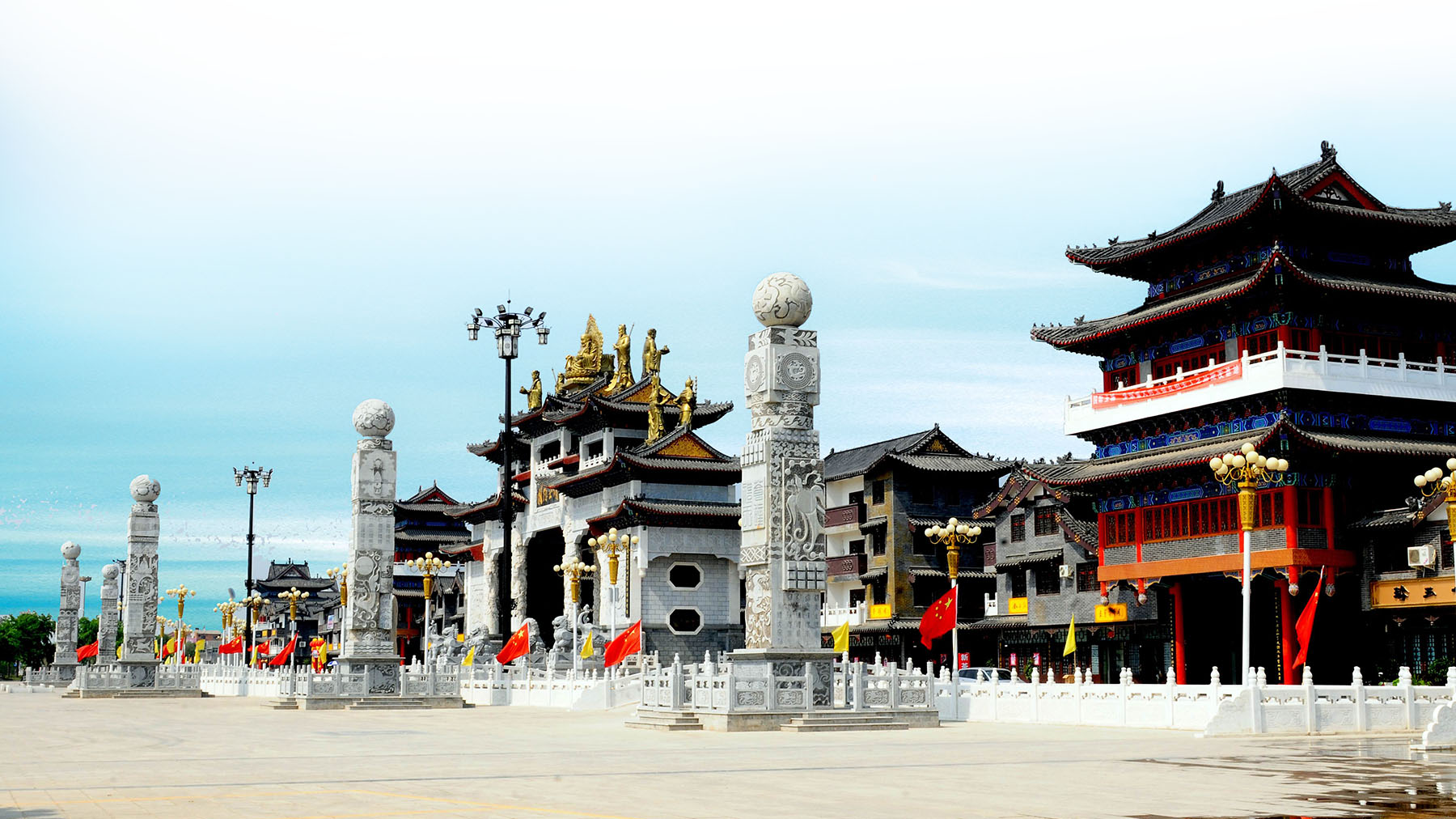
A life of fine art
Liu cut his teeth on the jade carving craft at the Zhenping jade ware plant in 1991 and has worked his way up to becoming a master who has whittled jade carving down to a fine art.
He set up his own shop in 1995 coinciding with Zhenping being named the hometown of Chinese jade carving by the Ministry of Agriculture and Rural Affairs.
The booming industry has given rise to a growing number of craftsmen like Liu.
"Many from our generation have experience learning in the State-owned jade carving plant, where you can say every master has their own unique skills and expertise," Liu says.
"During the learning and carving process, every step has strict requirements, which not only helps beginners form good habits but allows them to learn from different masters, combining the best practices from various sources," he adds.
Starting in 2000, Liu worked with his teacher Wu Haizhou to tap into Dushan jade carving, studying its culture and conceiving innovations.
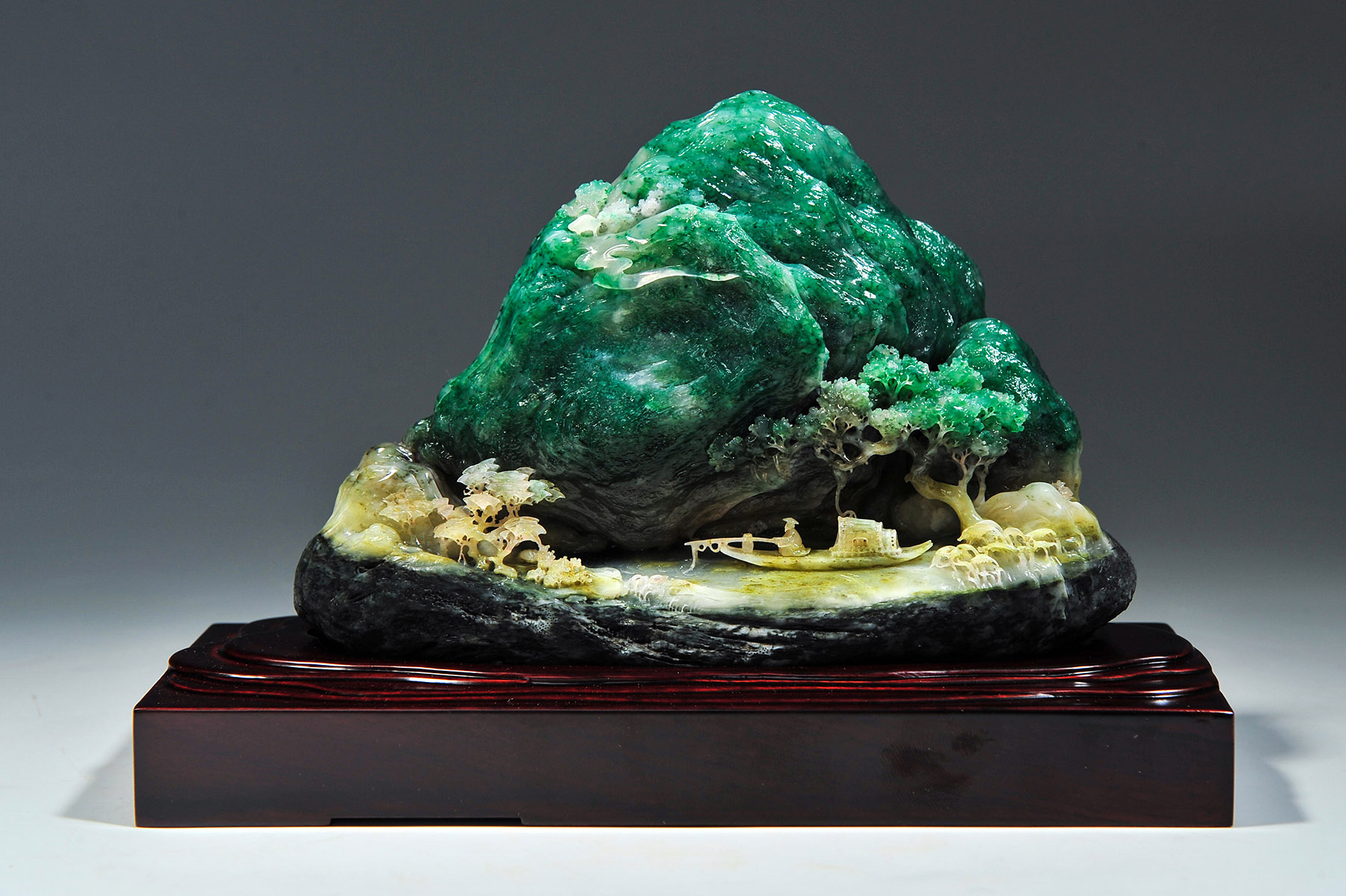
After years of work, Liu came up with the concept of creating art based on the original jade colors and forms while integrating existing techniques of interior and openwork carving.
Through the clever use of the jade's color, shape, and texture, Liu and his team have showcased the beauty of Dushan jade, which earned them gold medals from multiple national jade carving competitions, including the Tiangong Awards hosted by the Gems and Jewelry Trade Association of China.
Liu owes the rise of the jade industry to the persistence and enterprising spirit of local craftsmen.
"Since the 1980s, Zhenping people have seized opportunities and set up stalls to sell jade along the banks of the Zhaohe River. Subsequently, they established professional jade carving wholesale markets and expanded their reach nationwide," Liu says.
"In tourist attractions, hotels and commercial districts, you can find Zhenping people wherever jade is sold," Liu says.
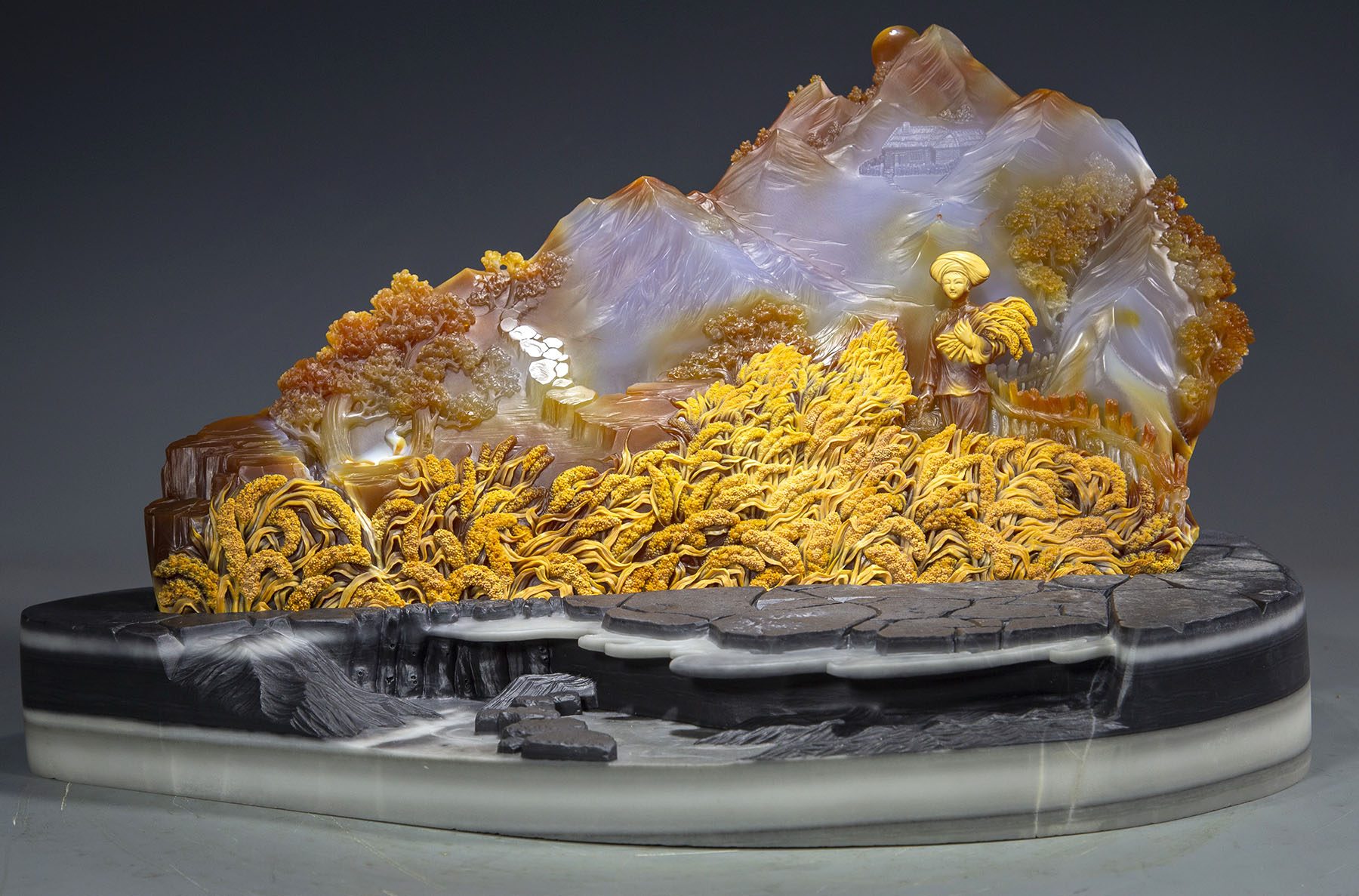
Support is key
The local government's efforts are also a significant reason behind Zhenping's fame for its jade carving, he notes.
"Over the years, the Zhenping county government has introduced various policies and measures to support the development of the jade carving industry," Liu says, adding that jade festivals, talent introduction and cultural branding have all drawn attention to the local industry.
Ai Jinde, Party secretary of Zhenping county, says that jade has become a pillar industry and the county has implemented a Jade Plus strategy to promote the integration of culture and tourism and expand the jade industrial chain.
The county has evolved into the one of the country's largest jade carving and sales centers, and it also hosts relevant cultural research, Ai says.
To date, the jade output value has exceeded 50 billion yuan ($7.03 billion) in Zhenping, which has attracted 5 million visits annually, generating 3 billion yuan in yearly tourism income, according to Ai.
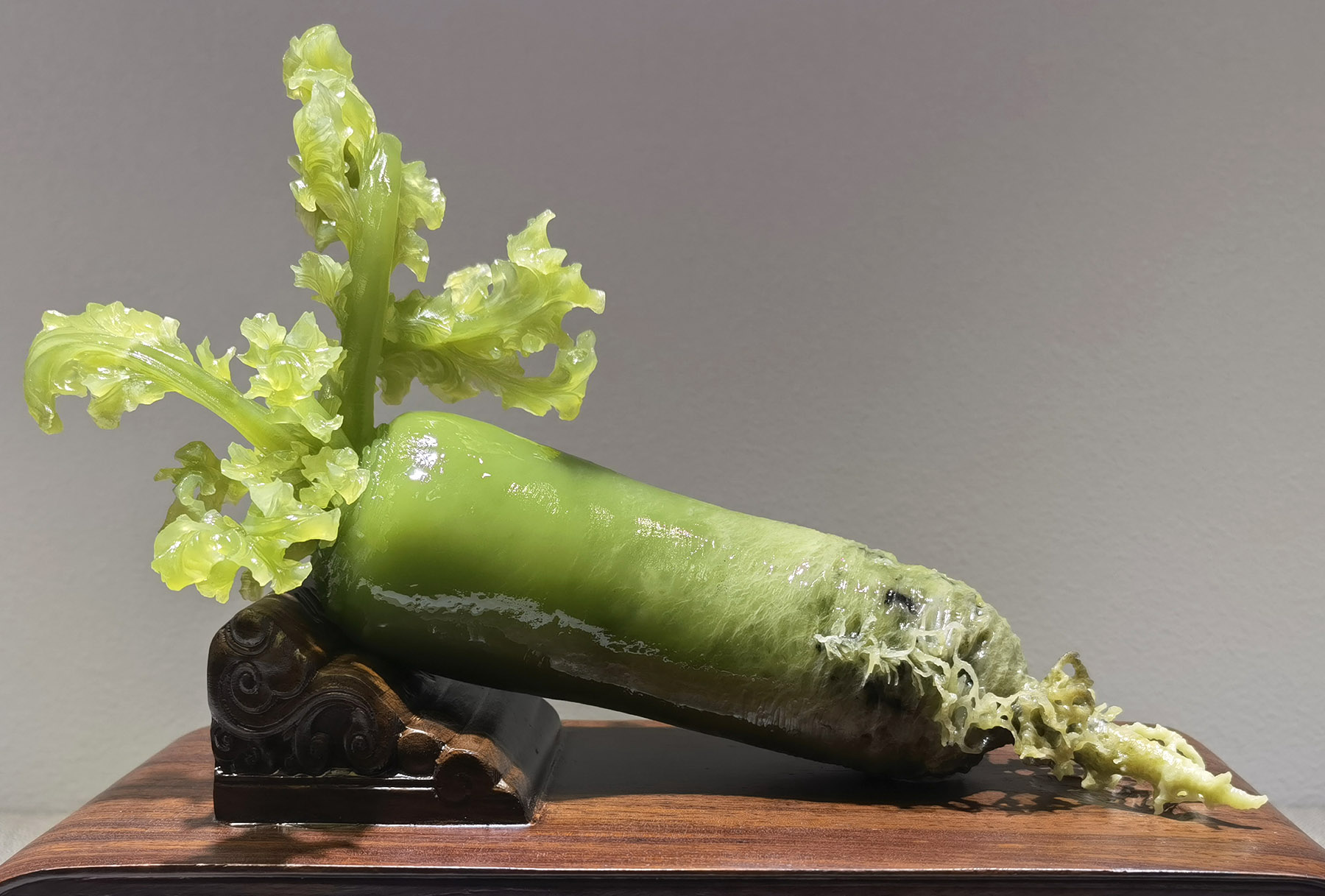
In recent years, local authorities have striven to integrate jade with culture and tourism.
A jade masters park is currently under construction.
It will foster an environment for showcasing and exchanging masterworks with southern garden landscapes. At the same time, a jade culture museum and an international jade city are planned.
ALSO READ: Sculpting a civilization
Those projects will not only expand jade ware sales but attract more travelers from home and abroad, paving the way for the development of jade-themed tourism in Zhenping, Ai says.
"We will strive to transform Zhenping into the Chinese jade capital, a place to experience and showcase the Chinese jade culture," Ai says.
Qi Xin contributed to this story.
Contact the writers at yangfeiyue@chinadaily.com.cn


